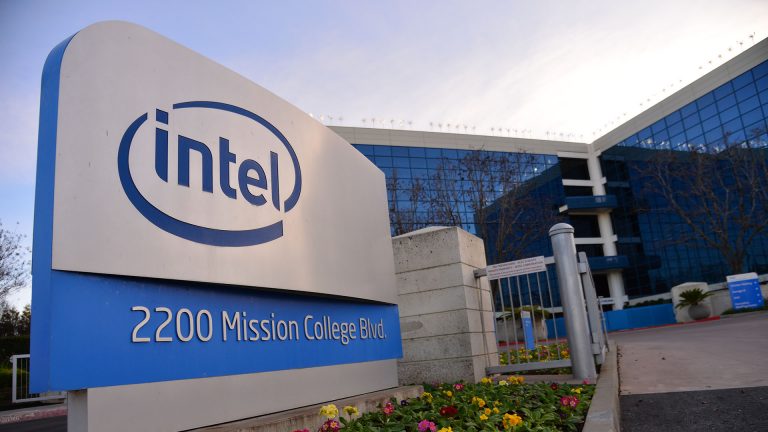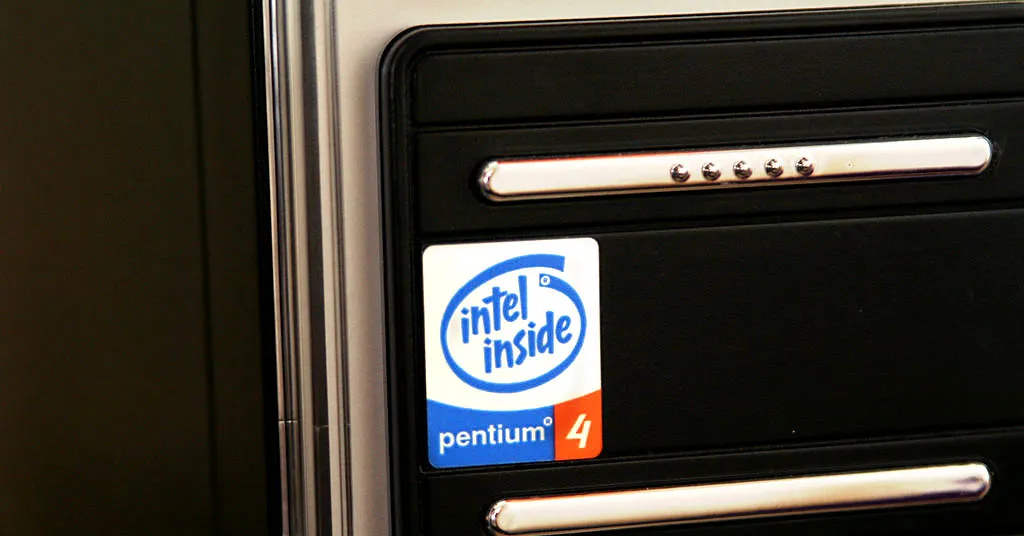
Intel has been ordered by a Texas jury to pay $2.18 billion in damages for two patents infringements. The judgment was delivered following a lawsuit filed by VLSI Technology LLC.
Ars reported that the patents in question were previously owned by NXP Semiconductors, a Dutch company that was created from Philips in 2006. NXP acquired the patients in 2015 when it bought Freescale Semiconductor.
The report explains that the two patents focus on methods for minimizing the power consumption of computing chips. One way to do it is by varying the system voltage: setting a higher voltage when performance is needed, then lowering the voltage to conserve power afterward.
Register for Tekedia Mini-MBA edition 19 (Feb 9 – May 2, 2026): big discounts for early bird.
Tekedia AI in Business Masterclass opens registrations.
Join Tekedia Capital Syndicate and co-invest in great global startups.
Register for Tekedia AI Lab: From Technical Design to Deployment (next edition begins Jan 24 2026).
One patent claims the concept of storing information about a memory chip’s minimum voltage in nonvolatile memory so the system can ensure that the memory circuit has a high enough voltage. The VLSI’s other patent focuses on altering clock frequencies as a power-saving technique. Once again, raising the clock frequency of an electrical bus can increase system performance but consume more power. NXP’s second patent is based on the clock frequency when it needs faster performance.

Intel argued at the trial that it hadn’t copied these techniques from NXP or Freescale and that, in fact, it had invented more sophisticated techniques to accomplish these tasks.
The trial judge, Alan Albright found Intel’s defense not convincing and ruled in favor of the plaintiff. But the case is not over; Ars noted that Intel may ask the judge to find that the jury misapplied the law. If that fails, Intel will then have the opportunity to appeal the ruling.
With $2.18 billion, if the ruling is upheld by the Appeal Court, it will be one of the largest patent judgments in US history. It will also compound Intel’s woes.
Intel has seen many troubles since last year. The semiconductor company was dropped last year by Apple after the iPhone maker developed its own chip that was announced in June. Apple said it’s moving its Macs from Intel processors to its own chips, a move the CEO Tim Cook called “the game changer.” Intel was one of Apple’s biggest chip suppliers, making the development a major setback in Intel’s supply chain.
A month later, Nvidia overtook Intel as the US most valuable semiconductor company. The turbulence of COVID-19 also came hard on Intel with the unprecedented changes it brought on the semiconductor industry. Intel competitors developed new designs that fit into the new market emerging from COVID-19 exigencies, putting them ahead of the competition.
In August 2020, Nvidia moved to acquire Arm, an English tech company with a great reputation in chip making. It makes chips for modern devices including smartphones, an area where Nvidia is yet to find foothold. The deal was opposed by Intel and other players in the industry who have demanded assurances that a new owner would continue providing equal access to ARM’s instruction set.
The acquisition would give Nvidia control over a critical supplier that licenses essential chip technology to the likes of Apple Inc., Intel Corp., Samsung Electronics Co., Amazon.com Inc. and China’s Huawei Technologies Co.
It is a wind of misfortune blowing toward Intel’s chances of staying afloat in the semiconductor industry. In January 2021, Intel announced it’s parting ways with its CEO Bob Swan, to bring back its former CTO Pat Gelsinger, effective Feb. 15. The move signals the chipmaker’s intent to return to engineering.
With all these troubles on the list, a $2.18 billion patent judgment is the last thing Intel wishes to start the year with.



